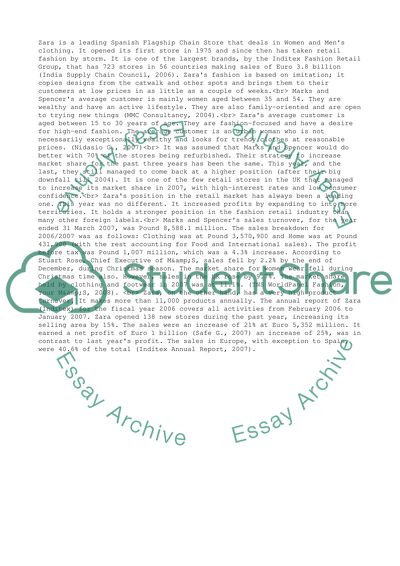Cite this document
(“Retail Brands Case Study Example | Topics and Well Written Essays - 2000 words”, n.d.)
Retail Brands Case Study Example | Topics and Well Written Essays - 2000 words. Retrieved from https://studentshare.org/business/1524161-retail-brands
Retail Brands Case Study Example | Topics and Well Written Essays - 2000 words. Retrieved from https://studentshare.org/business/1524161-retail-brands
(Retail Brands Case Study Example | Topics and Well Written Essays - 2000 Words)
Retail Brands Case Study Example | Topics and Well Written Essays - 2000 Words. https://studentshare.org/business/1524161-retail-brands.
Retail Brands Case Study Example | Topics and Well Written Essays - 2000 Words. https://studentshare.org/business/1524161-retail-brands.
“Retail Brands Case Study Example | Topics and Well Written Essays - 2000 Words”, n.d. https://studentshare.org/business/1524161-retail-brands.


